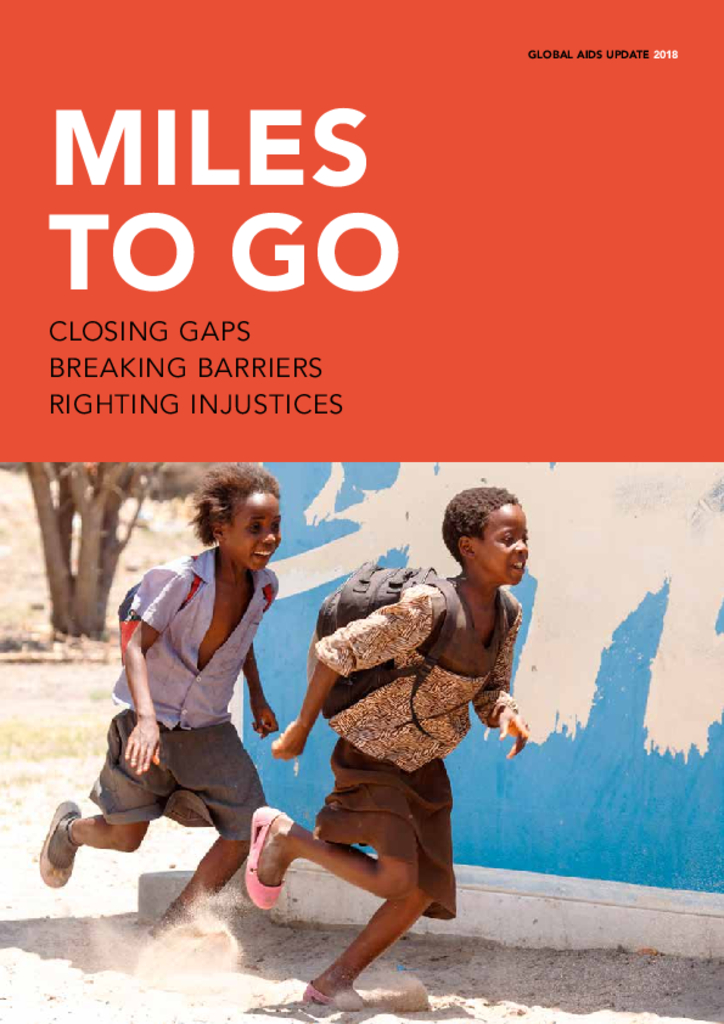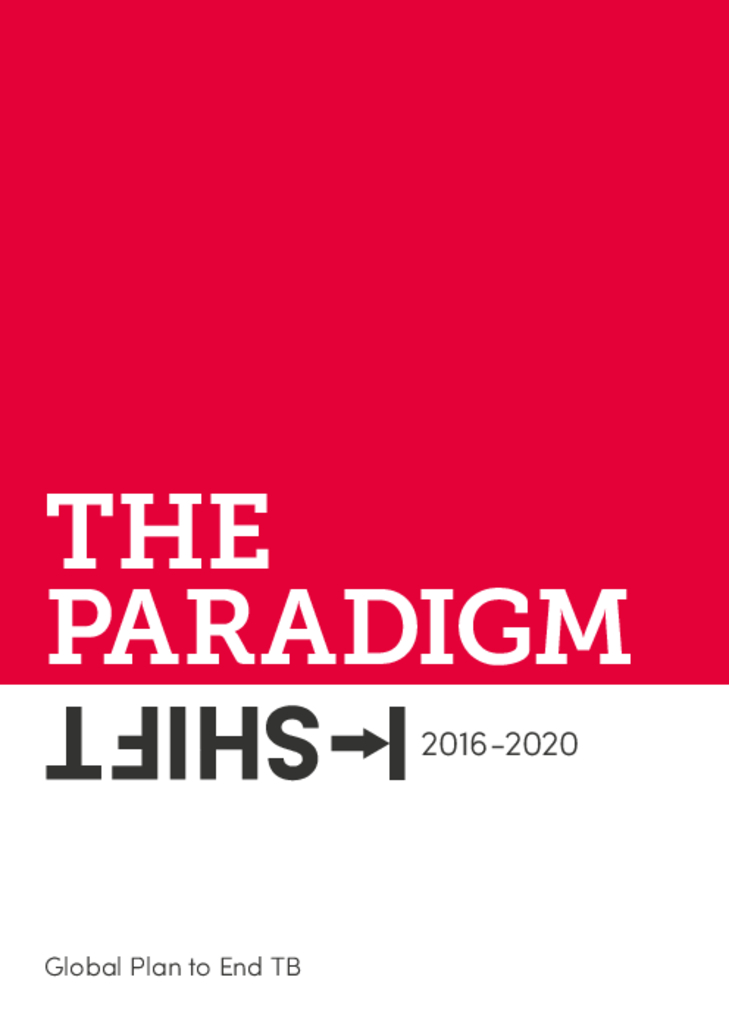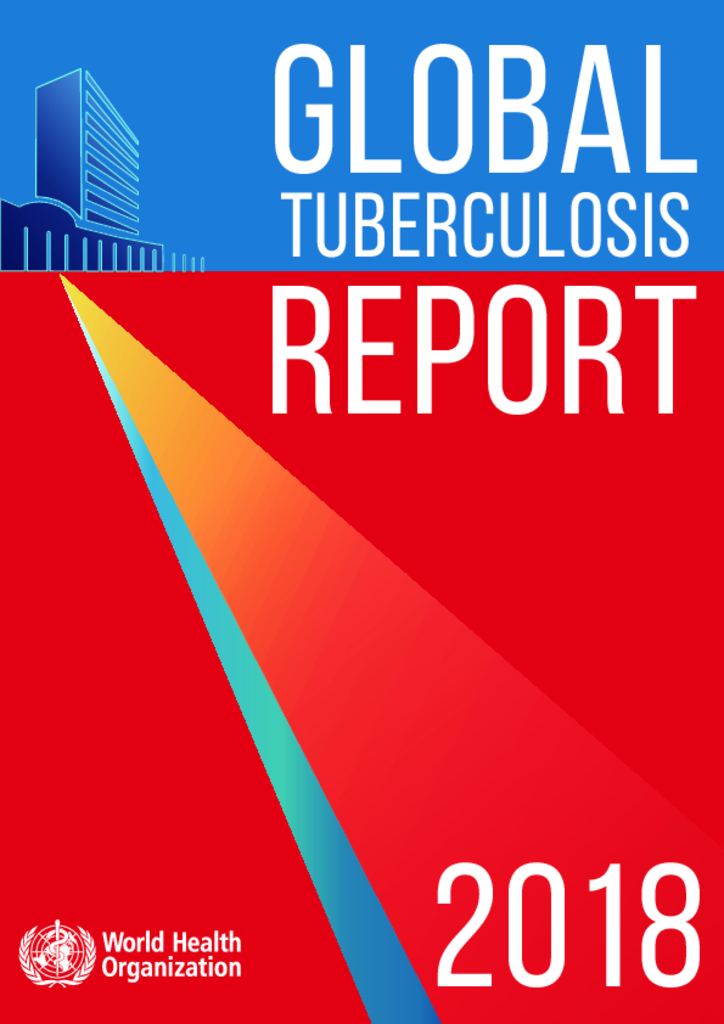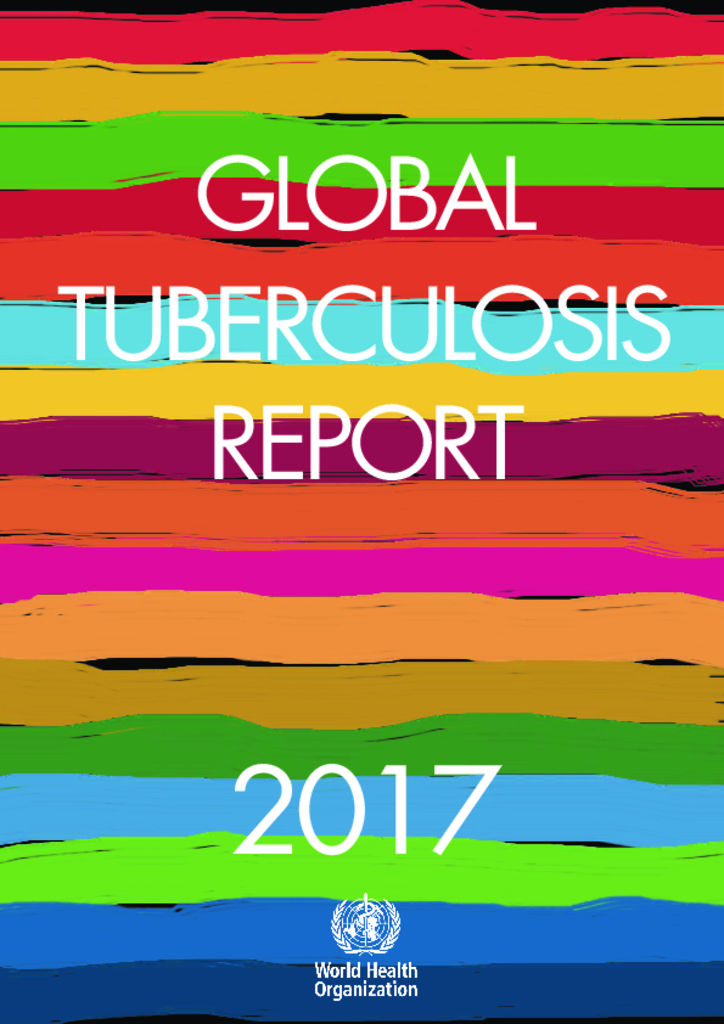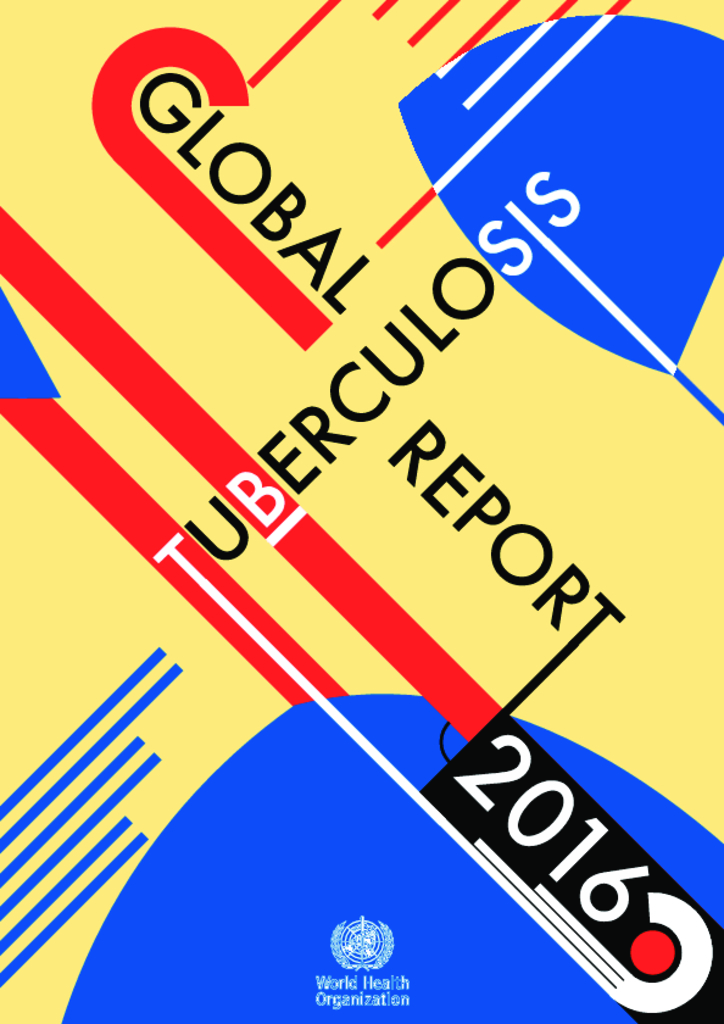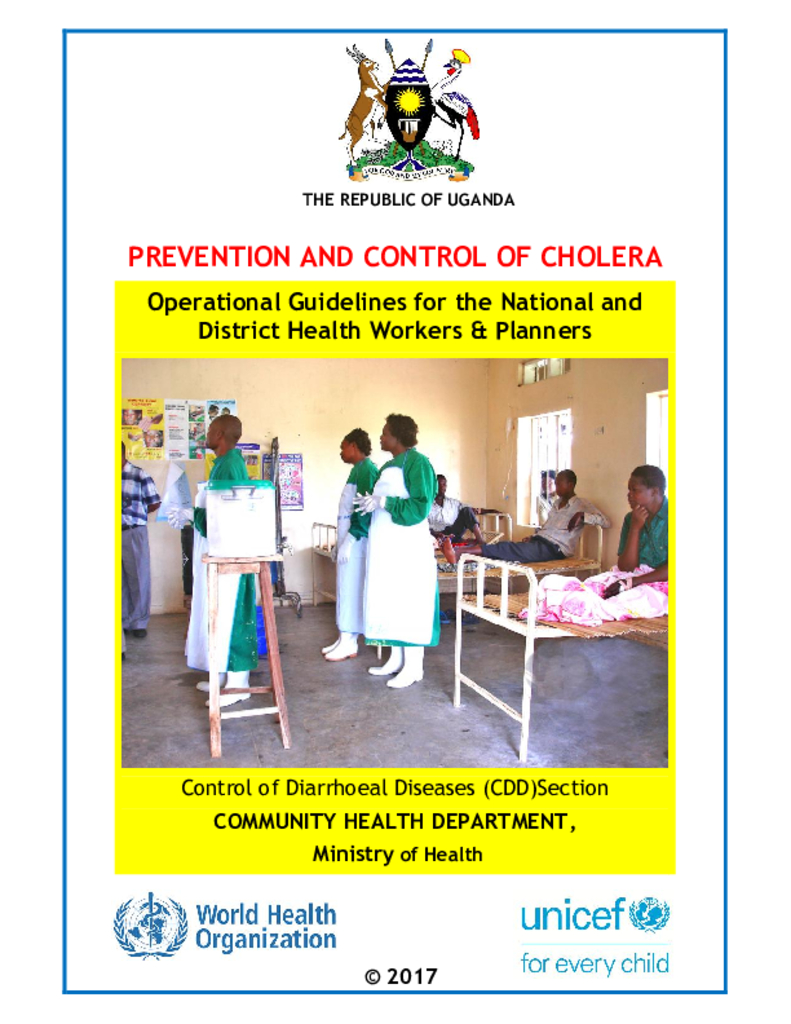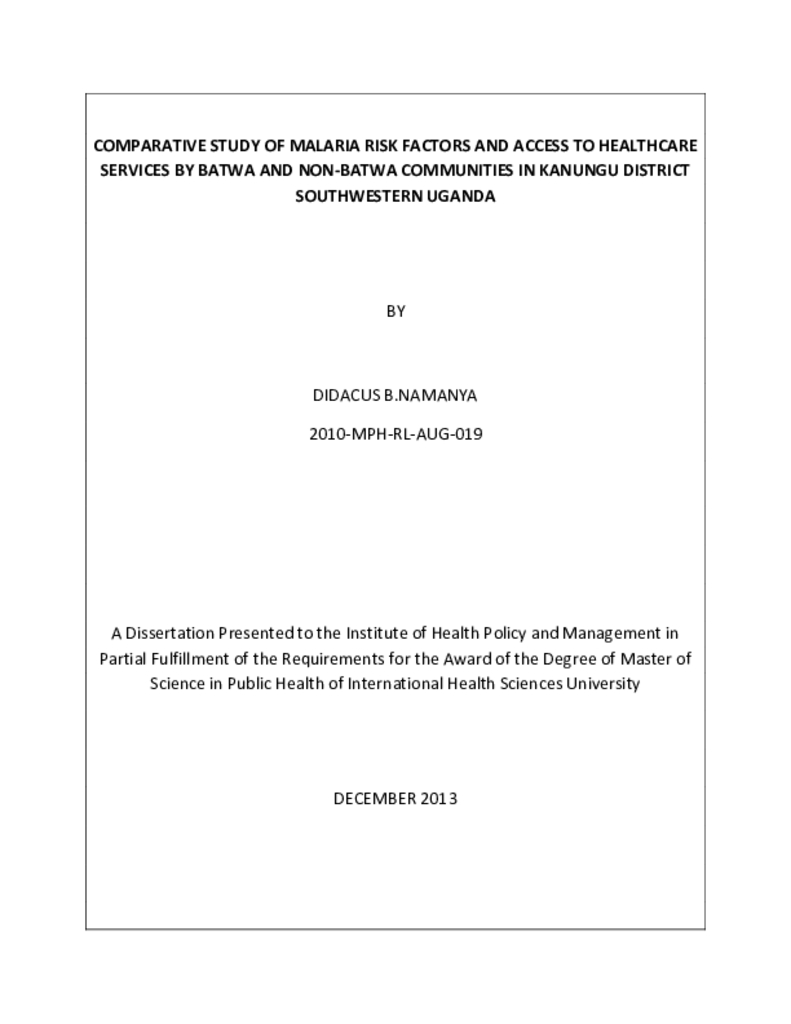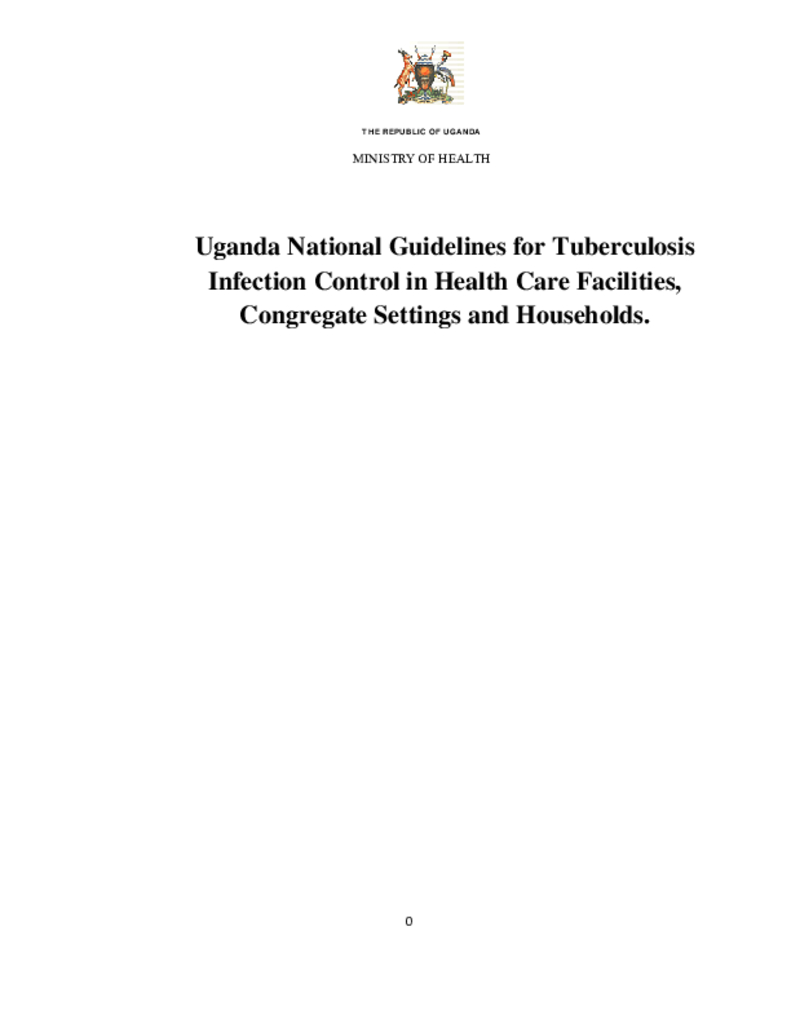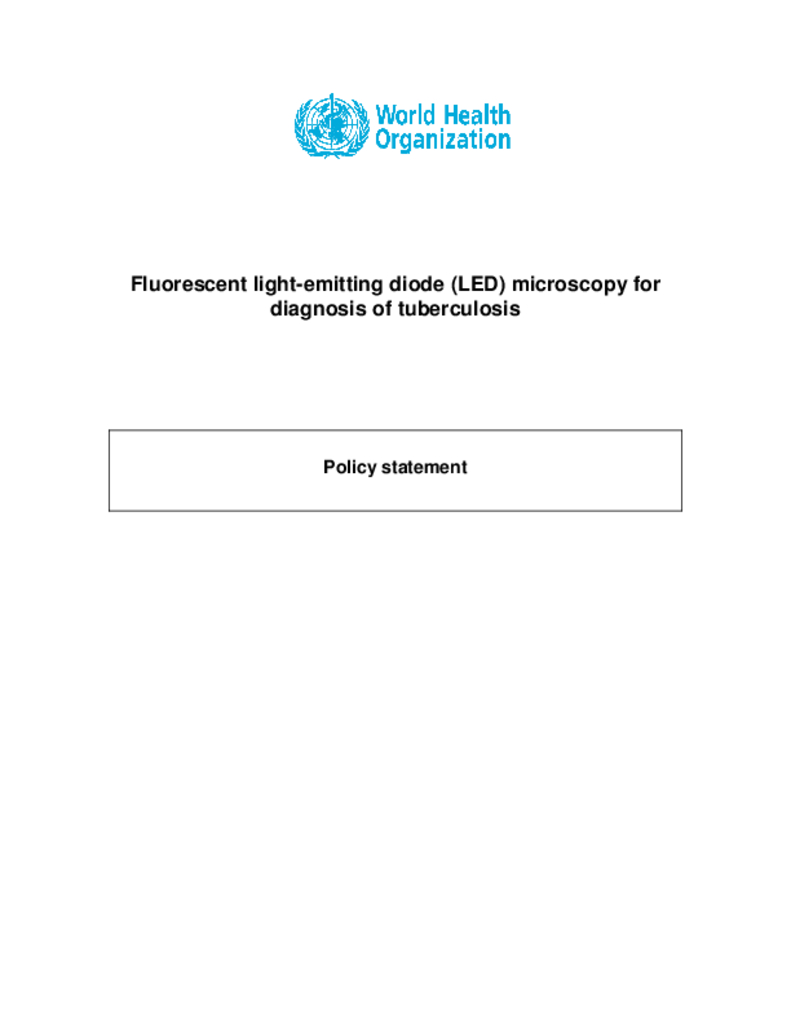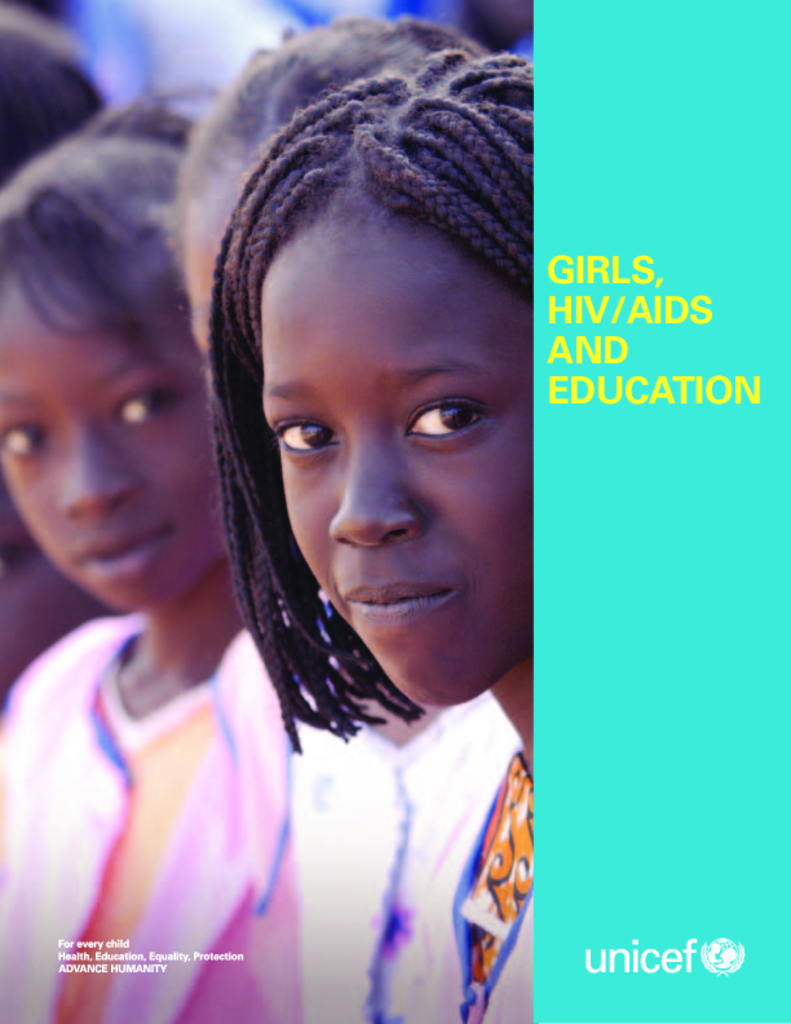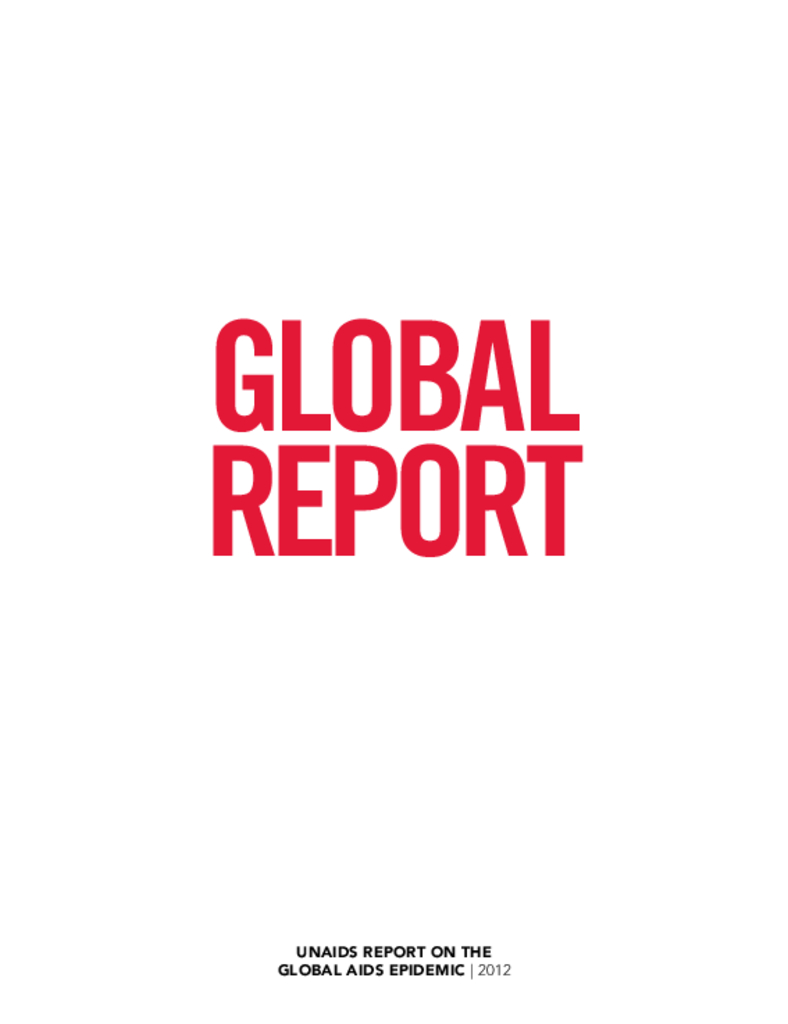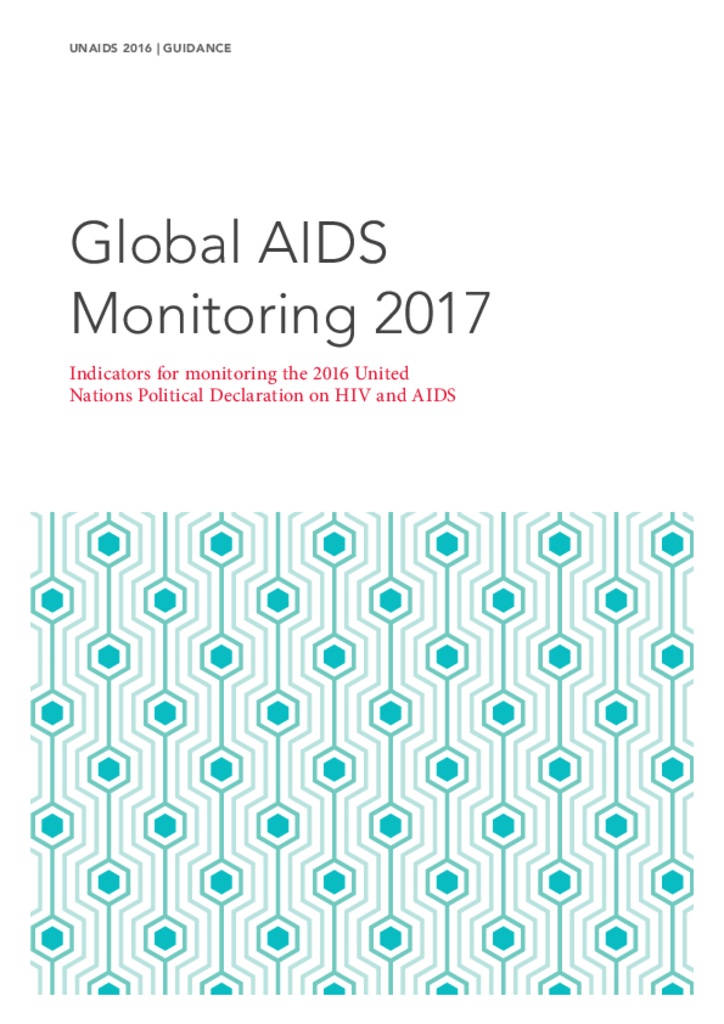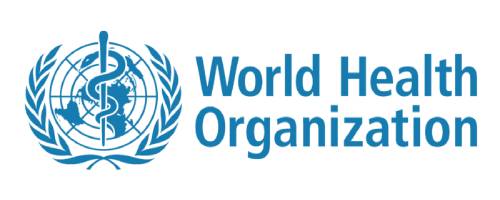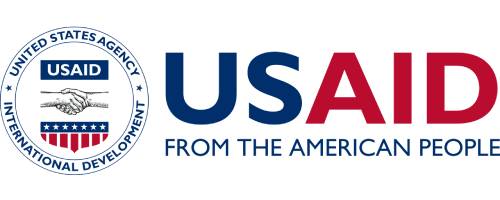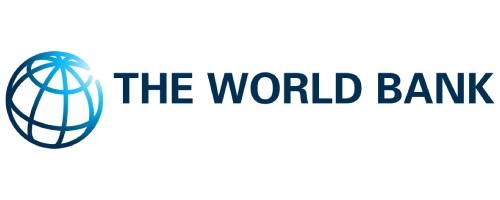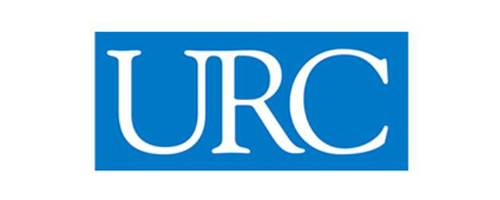The global AIDS response is at a precarious point—partial success in saving lives and stopping new HIV infections is giving way to complacency. At the halfway point to the 2020 targets, the pace of progress is not matching the global ambition. This report is a wake-up call—action now can still put us back on course to reach the 2020 targets.
Measured by the numbers of people who die each year, tuberculosis (TB) is the world’s deadliest infectious disease. Transmitted through the air and primarily targeting the lungs, this disease caused by a bacterial infection claims three lives every minute.1,2 In 2014, more than 9 million people became ill with TB and 1.5 million died, making it the world’s leading infectious killer.3 Worldwide over 2 billion people are infected with Mycobacterium tuberculosis, the bacterium that causes TB, comprising a source of the illness that must be addressed if we are to be successful in ending the disease.
WHO has published a global TB report every year since 1997. The main aim of the report is to provide a comprehensive and up-to-date assessment of the TB epidemic, and of progress in prevention, diagnosis and treatment of the disease at global, regional and country levels. This is done in the context of recommended global TB strategies and targets endorsed by WHO’s Member States and broader development goals set by the United Nations (UN).
The purpose of WHO’s Global Tuberculosis Report is to provide a comprehensive and up-to-date assessment of the TB epidemic and of progress in care and prevention at global, regional and country levels.1 This is done in the context of recommended global TB strategies and associated targets, and broader development goals. For the period 2016–2035, these are WHO’s End TB Strategy and the United Nations’ (UN) Sustainable Development Goals (SDGs), which share a common aim: to end the global TB epidemic.
The Sustainable Development Goals (SDGs) for 2030 were adopted by the United Nations in 2015. One of the targets is to end the global TB epidemic. The WHO End TB Strategy, approved by the World Health Assembly in 2014, calls for a 90% reduction in TB deaths and an 80% reduction in the TB incidence rate by 2030, compared with 2015.
Cholera is preventable and treatable acute diarrhoeal disease caused by infection of the intestine with the bacterium Vibrio cholerae, either serogroup O1 or O139. Cholera is usually transmitted through consumption of water or food contaminated by faeces bearing the cholera organism.
This study focused on risk factors for contracting malaria and access to health centre/hospital-based healthcare services by making a comparison of the Batwa indigenous people and their non-Batwa neighbours in Kanungu district. The researcher investigated how the two independent variables namely: risk factors for contracting malaria and health seeking behaviour of the two population groups impinged on the dependent variable: access to health centre/hospital-based case management of malaria.
This chapter presents the following sections: a background to the study which sets the context to the problem under study, statement of the problem, objectives of the study, research questions, significance of the study, conceptual framework,
The goal of this tuberculosis (TB) infection control guidelines is to guide management staff, including health care workers, congregate settings managers and household heads to minimize the risk of TB transmission at Ugandan facilities in particular and the whole country in general. The current national infection control guidelines (2005) is silent on TB infection control measures. This guideline has been designed to address this gap and therefore is an addendum to the 2005 national infection control guideline.
Conventional light microscopy of Ziehl-Neelsen-stained smears prepared directly from sputum specimens is the most widely available test for diagnosis of tuberculosis (TB) in resource-limited settings. Ziehl-Neelsen microscopy is highly specific, but its sensitivity is variable (20–80%) and is significantly reduced in patients with extrapulmonary TB and in HIV-infected TB patients. Conventional fluorescence microscopy is more sensitive than Ziehl-Neelsen and takes less time, but its use has been limited by the high cost of mercury vapour light sources, the need for regular maintenance and the requirement for a dark room.
At the centre of an ever-strengthening HIV/AIDS storm, young people aged 15 to 24 now make up more than one quarter of the 38 million people living with the disease. More than half of the 5 million new infections in 2003 were among people under the age of 25.
The majority of these new infections were among young women, who, for reasons typically beyond their control, are at greater risk of contracting HIV, and who, for reasons most fully explained by gender disparities, bear a disproportionate share of the HIV/AIDS burden.
The global community has embarked on an historic quest to lay the foundation for the eventual end of the AIDS epidemic. This effort is more than merely visionary. It is entirely feasible. Unprecedented gains have been achieved in reducing the number of both adults and children newly infected with HIV, in lowering the numbers of people dying from AIDS-related causes and in implementing enabling policy frameworks that accelerate progress. A new era of hope has emerged in countries and communities across the world that had previously been devastated by AIDS.
The purpose of this document is to provide guidance to national AIDS programmes and partners on the use of indicators to measure and report on the country response.
